ADVERTISEMENT
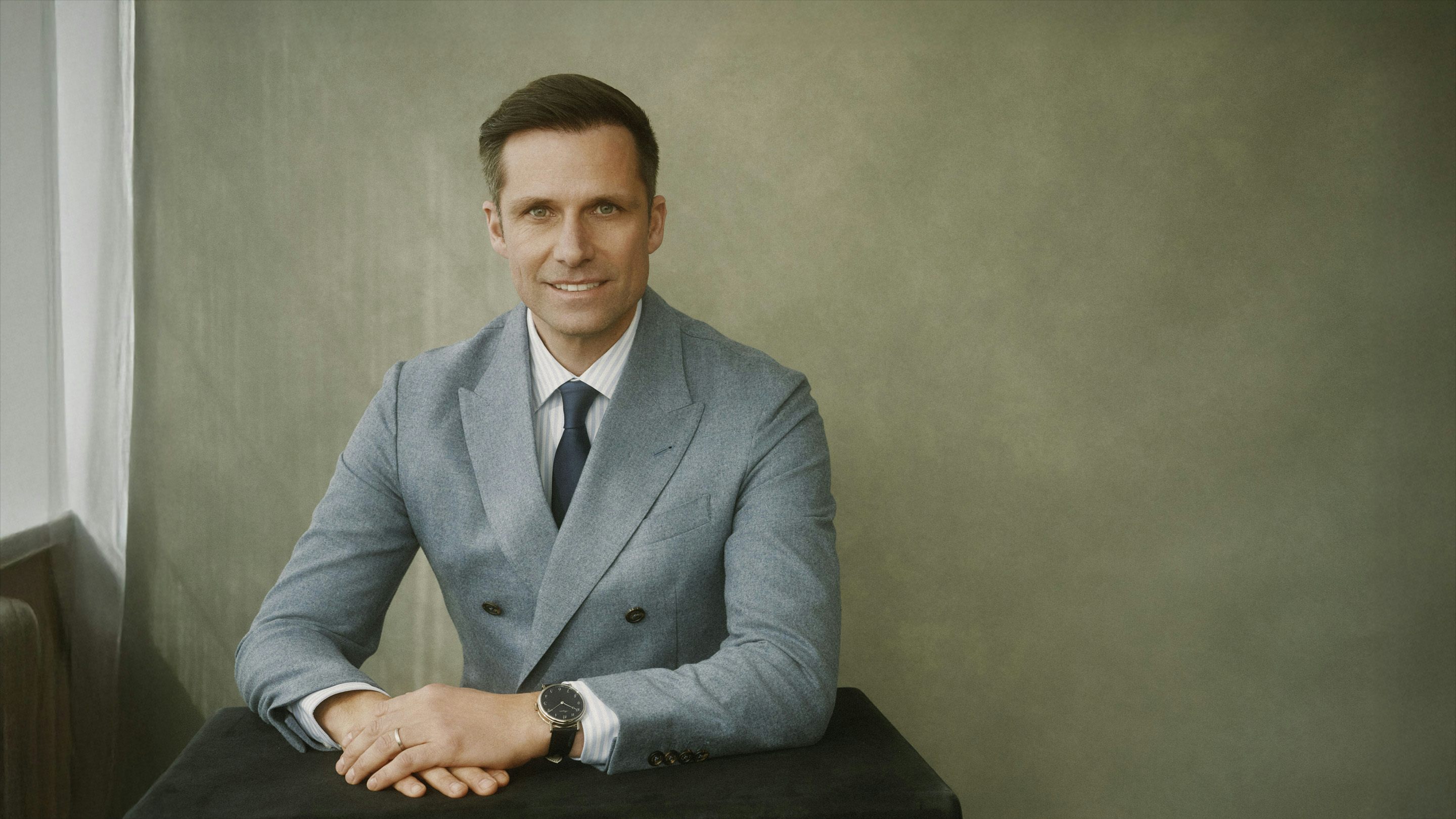
ADVERTISEMENT
On a chilly August night in Paris in the shadow of the Eiffel Tower, I settled in on a bench to watch as the Olympic beach volleyball tournament got underway. Shortly after the start, a stranger sat next to me with the new Omega Seamaster Aqua Terra 150m Ultra Light on his wrist – the latest version that had just launched with pole vaulting phenom Mondo Duplantis – and we hit it off. That mystery man was Gregory Kissling, then Omega's Vice President of Product. But he also had another secret. At that moment, Kissling had already known for two months that he was in line to lead the Swatch Group's second oldest house: Breguet.
Now celebrating its 250th Anniversary, Breguet has seemed somewhat revived by Kissling's arrival late last October. Speaking privately to members of the Breguet staff, they've told me that he's left them invigorated and hopeful – a boon for a brand that has struggled in recent years, if their secondary market prices are any guide of overall demand.
CEO Gregory Kissling. Photo courtesy Breguet.
Kissling has been seen as a rising star in the Swatch group and a big part of the marketing and commercial coup that is the MoonSwatch. He also spent 13 years as head of the precious metals division at the Swatch Group. But Omega and Breguet are different beasts, so I sat down with Kissling during a visit he made to New York two weeks ago to look at how he views the brand and the impact he's hoping to make. Kissling's stop was a part of the brand's Anniversary launch schedule, starting in Paris and ending in Paris, with the launch of a new, Breguet gold, manually-wound Type XX and an exhibition of historical pieces in New York. Here's what he had to say.
This interview has been edited for clarity and brevity.
Mark Kauzlarich: When we met, you were wearing the new Omega Ultralight, and that got us talking about product development and reaching different markets. I wanted to start with something related: the MoonSwatch. It's my understanding that it was your baby. That's vastly different from what we see at Breguet, and for some people, it's been divisive, with concerns about brand dilution. But really, it's gotten a lot of people excited about Omega. Is there anything you learned from working on the MoonSwatch that you could bring to Breguet to bring new people into the brand?
A Swatch store in Times Square during the launch of the Moonshine MoonSwatch in 2023.
Gregory Kissling, CEO of Breguet: The MoonSwatch still is my baby. We can definitely learn from that way of thinking and developing because the MoonSwatch was developed in a very, very short period of time, even by Swatch standards.
We cut the development time by a factor of four, just by being agile. And this is something that I learned: have a very, very small group around you, and don't waste time with decisions, counter-decisions, and so on. At the same time, you always want to have this kind of tension. Not too tense, of course–but if you have a good tension, you can be very fast and straightforward, as long as you have a clear strategic objective.
M.K.: Is that something that you see as needed right now at Breguet – a bit more reactivity and responsiveness?
G.K.: Exactly. And the big opportunity with Breguet is that it's a true manufacturer. We develop our own engines. It's not just bringing in some parts. No, we are a true manufacturer with talented people. This is what I discovered when I joined Breguet: the capability to develop things independently. But, I also saw how we work as a part of the group because Breguet is not alone. Breguet is a part of the Swatch Group.
Just to give you an example, the Breguet gold was possible thanks to the metallurgical specialties of the group. We have Nivarox metallurgy that produces raw materials- precious materials- not only for Breguet but also for the other brands. Thanks to my past experience developing a new precious gold [editor's note, Kissling was involved with developing Omega's Moonshine gold and bronze gold alloys], it was… Well, it's not easy, I should say, because you need to point out where you want to go. But I know that we are very fast at developing this bronze gold, thanks to the experience and facilities within the group. It's probably the only watch group with this kind of foundry and expertise in precious metals.
The Omega BG 859 "Specialties Paris 2024 Bronze Gold Edition".
M.K.: The first big launch of the 250th Anniversary was the Breguet Souscription piece, which was very heritage-inspired but had a new debut of a material called the Breguet gold. Was that something developed under your direction to add something special to the project launch? Because that would be a quick turnaround from your start in October until a launch in May.
G.K.: Yes, that was under my direction. I officially started on the 1st of October, but in reality, I started one month before, right after the announcement, and I was already studying the brand a few months before, when we met. But don't forget: we have our own company to produce the case [on the new Souscription]. We produce our dials. We don't produce our hands in-house except for the Souscription. The Souscription is made by hand, but the movement, the case, the dial – everything is made by Breguet. So when you have the right design and know all the phases of product development, industrialization, and production, you can be very fast.
Introducing The Breguet Classique Souscription 2025 — A Celebratory Model For The Maison's 250th Anniversary (Live Pics)
Read more about the new launch with this story from Rich Fordon.
M.K.: I don't know what you can or can't say about total production numbers and turnover, but – [Kissling waves his hands and says 'Nothing.'] Okay. But from where Breguet sits now, are you seeing these figures where you would like them to be, or would you like to increase production?
G.K.: The manufacturer was built for a certain amount of production, and we're not there, so there's room for growth. But this year we are focused on the anniversary. The goal was really to talk about the brand and what better way than to introduce a product – not directly an entire collection – but a type of collection [of anniversary pieces] that is introduced by phase, per destination. The idea was really to talk about the different inventions.
This is our claim: crafting inventions for 250 years, one invention at a time. So each product is linked to a core collection. Each product speaks to different inventions. And this is why a few weeks ago we were talking about the "Tradition" [Second Retrograde, ref. 7035] with the platinum oscillating weight, because Breguet was the very first watchmaker to introduce platinum for its perpetual watches. The idea is to have this anniversary collection speak about the different inventions, but also mix with historical time pieces to demonstrate that our legacy is in motion, and this is probably the only brand that still has its own identity from its origin to the modern core collection. When you see a Breguet from the 1970s or 1980s and the Breguet of today, you still see this connection in terms of design. And this is quite unique.
Don't forget that Abraham-Louis Breguet was not only a brilliant watchmaker, but he was probably the first watch designer. He introduced a new style into watchmaking. He modernized watchmaking not only with his inventions but also with the style, thanks to the Breguet hands, the Breguet Arabic numbers, and so on. And this is why this style is still up to date.
The Pantograph for the secret signature on the new Souscription model. Photo courtesy Breguet.
M.K.: Breguet is the most upmarket brand in the Swatch portfolio right now, and it's also the most important name in carrying on an actual human's legacy in watchmaking. It's also a brand that was talked about horologically in the same breath as Audemars Piguet, Patek Philippe, etc. However, I think an honest assessment is that it's not right there right now. How do you get back to that level when discussing heritage, history, watchmaking, and brand recognition?
G.K.: I'm not here to judge the past, but I'm here to have more desirability and to increase brand awareness. This is why we decided to do this kind of anniversary work, from Paris to Paris. You cannot speak about the brand in only one day, so we have decided to split the conversation into different steps at different destinations. Sure, Breguet is at the top of the pyramid, and if you take all the brands of the Swatch Group, we need to invest in them all. But we are investing a lot in this brand. We have a fantastic tool – a fantastic manufacturer – but we also have a lot of boutiques opening. The 'retailization' is going in the right direction. We are opening more and more boutiques and investing a lot in that. But we're also investing in the products. The products are always at the center of the strategy.
Then, as you have probably observed, we are also changing our communication to be fresher. We want to reach a new clientele. We are talking about Gen Z. We also need to educate this new audience, which is why we decided to introduce this kind of pop-up exhibition to experience the different inventions. Because if you don't know the brand, it's quite difficult to get it. This exhibition allows visitors to experience the different inventions that define modern horology. And this is why Breguet was always considered the father of modern horology and the undisputed reference in watchmaking. So we need to train to get that back; we need to repeat, repeat, and repeat to get this growth.
The last breakthrough technology was the magnetic pivot, which was already back in 2013. So we need to reintroduce these kinds of technological breakthroughs into our strategy.
– Gregory kissling – ceo, breguetM.K.: A balanced approach is ideal, but if you had to prioritize storytelling or product, which is the right path?
G.K.: Both together. But of course, as I said before, the product is at the center. We also need to keep the innovation alive. This is important because Breguet was always known for introducing breakthrough technology. The last breakthrough technology was the magnetic pivot, which was already back in 2013. So we need to reintroduce these kinds of technological breakthroughs into our strategy. We are working on it.
M.K.: One thing that we see a lot across the high-end watch space is that even the best products can struggle on the secondary market and sell under retail. That's the case for Patek with things like the ref. 5270, but it's common for a lot of modern Breguet. That doesn't mean it's a bad product, but if I had to guess, maybe the pricing is not where it needs to be to drive people into boutiques instead of to the secondary market. Is that something that you pay attention to and factor into pricing strategy? How do you build confidence in the brand and bring people into the boutiques?
Sotheby's - Lot 77 - 1969 Breguet Empire, which sold for $107,950. Image courtesy of Sotheby's.
G.K.: When it comes to the secondary market, of course, we are looking at it. We have some models, the more vintage ones like the Empire models, for example, that when you look at the price, it's quite amazing. The other aspect is auctions. We have recently had very good results regarding our historical time pieces, but we cannot compete with this market.
What you need to do is continue to innovate and introduce new products. At the same time, you have to be careful that when you phase something new into a collection, you also have to phase out the things that aren't working. You need to keep this balance. Then there's also production. We need to keep the production below the demand. This is something we have to take into consideration for the future.
Breguet Pendule Sympathique No. 1, which F.P. Journe purchased at a recent Phillips auction for around $6 million.
M.K.: Now, from a personal standpoint, as CEO. You had a background in design, mechanics, metallurgy, and product focus, but I know from personal experience that you're also good at conveying that as a storyteller and explaining these things. Where do you hope to leave the most significant impact? Will you be involved in product development and design, or will you step back and look at the larger role?
G.K.: I started with the product and with a clear strategy, followed by a communication strategy with help from my colleagues, and then a strong commercial strategy. This is a global strategy that the group approved. However, the main goal for me was to put a clear strategy in place for the upcoming year, not only for the 250th anniversary, but for the upcoming years after this anniversary. We need to keep this momentum alive. We have many surprises coming for the end of the year. The idea was not only to talk about the past and the present, but also to talk about the future. Innovation is the essence of the brand, so we need to keep innovation at the center of our strategy because without innovation, you cannot survive.
M.K.: There have been rumors about other groups' interests in Breguet – LVMH, specifically because of their French ties. Why is the Swatch Group the ideal place for Breguet to be successful in the future?
G.K.: Breguet has always been important for the group. The brand was bought by Nicolas G. Hayek in 1999, and he fell in love with it. But it was not only Breguet, but also Lemania [which was a part of the purchase]. Purchasing Lemania was also very strategic because of the Moonwatch, of course, but Hayek invested a lot in Breguet. So the brand itself is still very important for the group. This is why we have the support.
Don't forget, the group is not only 16 brands, it's 150 manufacturers. So this is the most verticalized watch group, which is a benefit of the Swatch Group. We are able to produce our own lubrication. We are able to produce everything in the regulating organ. We produce our sapphire glass ourselves. Everything is made in-house.
M.K.: When planning a celebration of 250 years, how did you decide what the essential things were to cover when you've had so many different ownerships and eras? What does the rest of the year look like?
G.K.: We decided to launch a product every month, and then we will take a break during the summertime, and then we will come back with a different destination – London, Japan, Dubai. Finally, we'll return to Paris and Versailles, because we have this very nice connection with Marie Antoinette.
The destination is important. For example, tomorrow [at the time of the interview] we will launch the new Type XX. We decided to link the Type XX with New York, because New York was the destination for the very first transatlantic flight from Paris to New York. We also want to talk about our different lines. Breguet is not a mono-product brand. We have so many lines, and each line speaks to a different chapter of the brand. So we have the aviation chapter with the Type XX, but don't forget, we have the chapter with the marine chronometer, the GPS of its time. Then there's the flyback. The flyback was made to have the right position in the air.
The new Breguet Type XX, from an upcoming Hands-On story.
Breguet has so many stories and so many inventions. This is why we decided to build this collection with one common denominator: the Breguet gold and the gillouché. We wanted to show that we are able to invent and create new guilloché shape patterns, which in itself is not easy. We have our specific usual patterns, such as the Clous de Paris, and so on. But we are also able to rebuild new rose engine turning machines, and are also able to machine the cams that can follow a specific new pattern.
Guilloché and enameling. Photo courtesy Breguet.
That's why it was important to show the different métiers d'art we have. It's not only about the guilloché, it's also about the enameling. Don't forget, before producing guilloché dials, Breguet started with enamel dials, with his own Arabic number hour markers. With the Souscription, we really wanted back this domed enamel dial with the secret signature. That was made with the pantograph – something that is not naturally feasible today. Now, you can use either a transferred technique or a laser technique, but we decided to bring back this old technique with the pantograph, one that we bought from the George Daniels collection. George Daniels actually had this pantograph from the era of Breguet because he was a huge fan of Breguet.
To round out the year, there will be a big auction, exclusively of Breguet timepieces, managed by Sotheby's in November in Geneva. And finally, we'll end the year with a big surprise. Stay tuned – it will be a breakthrough technology.
For more on Breguet, visit the brand's website.

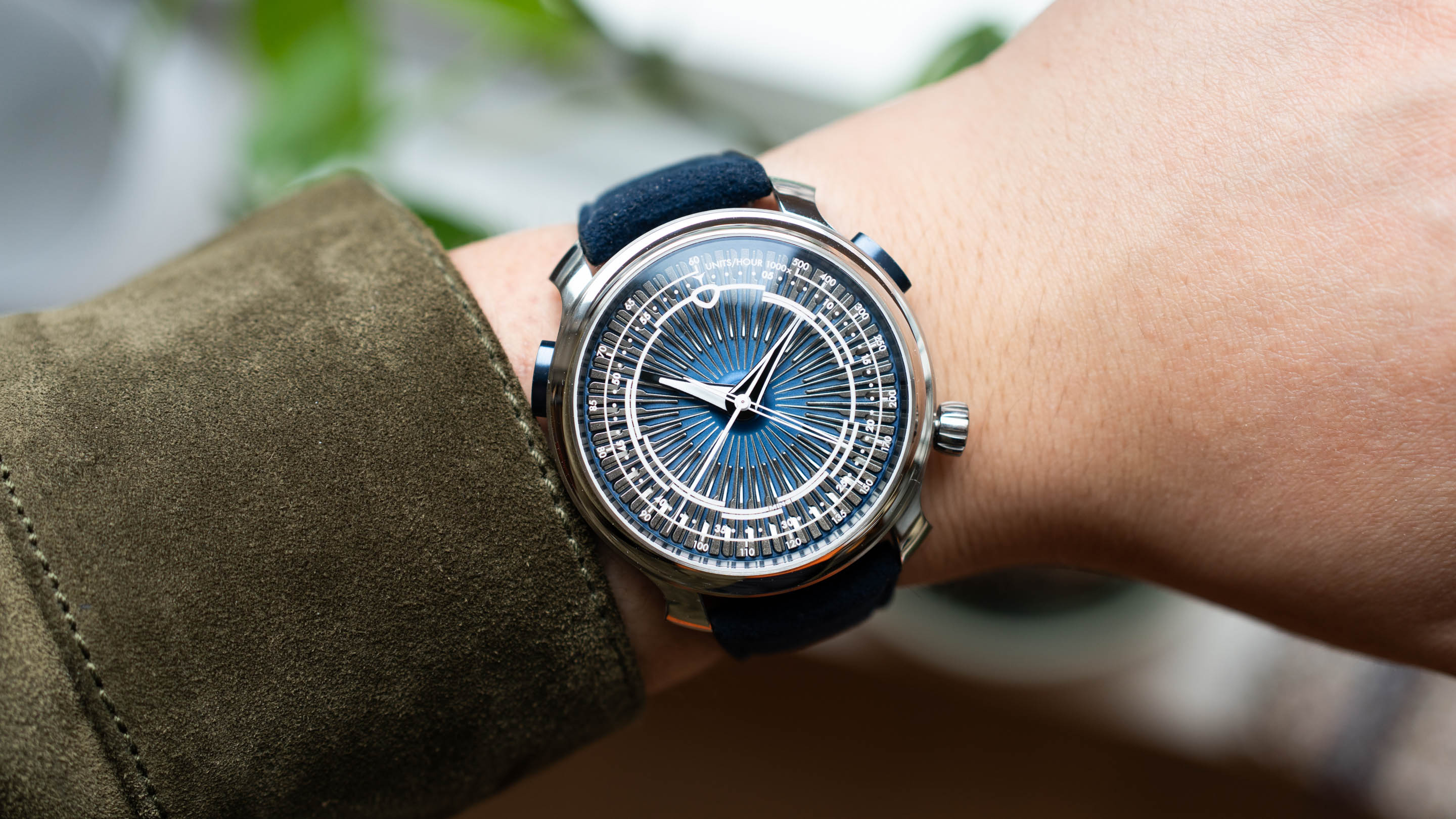
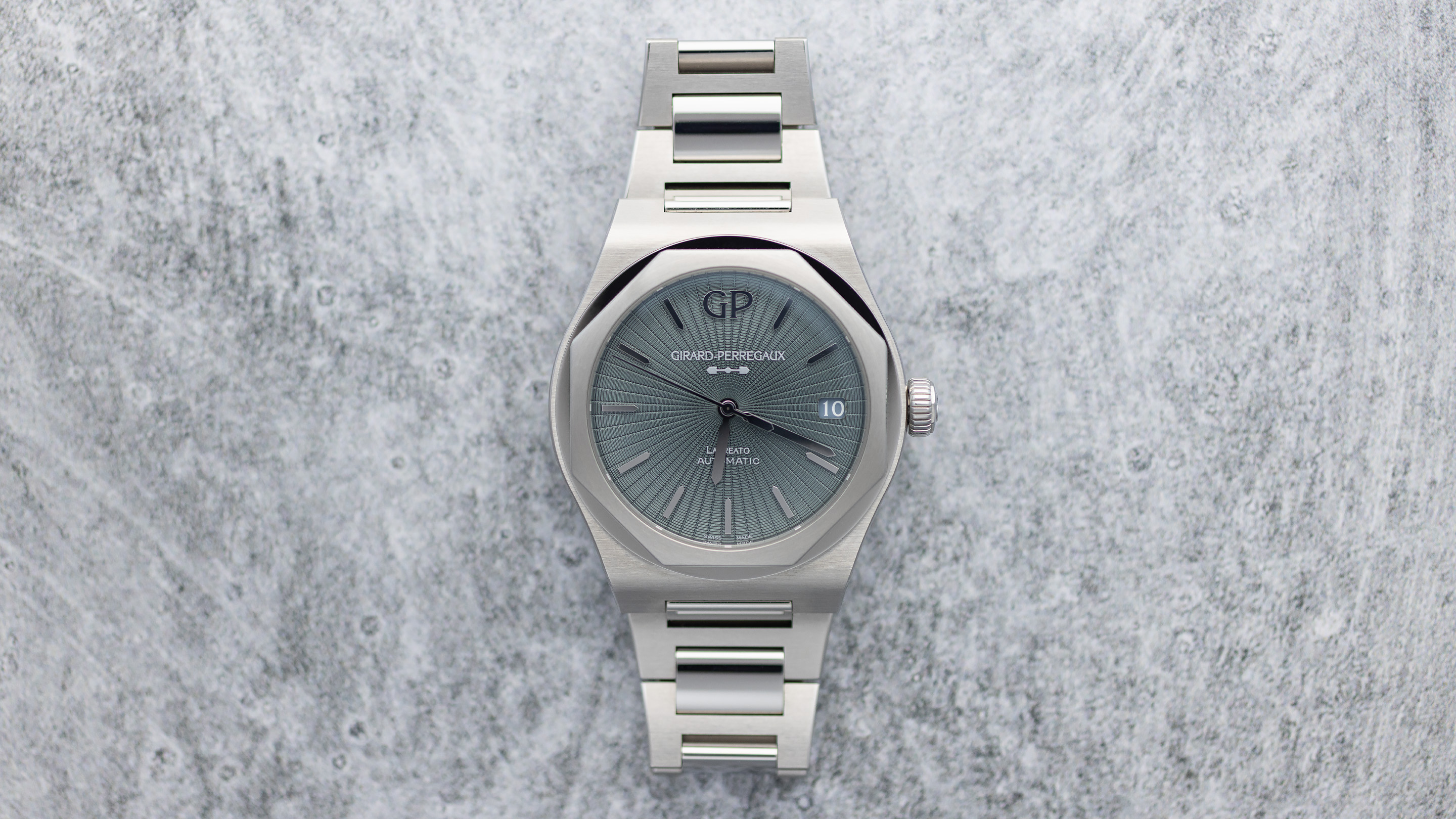





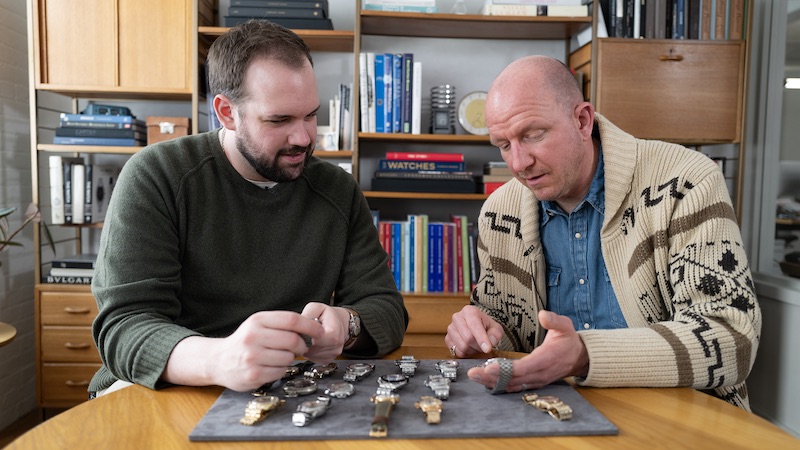



















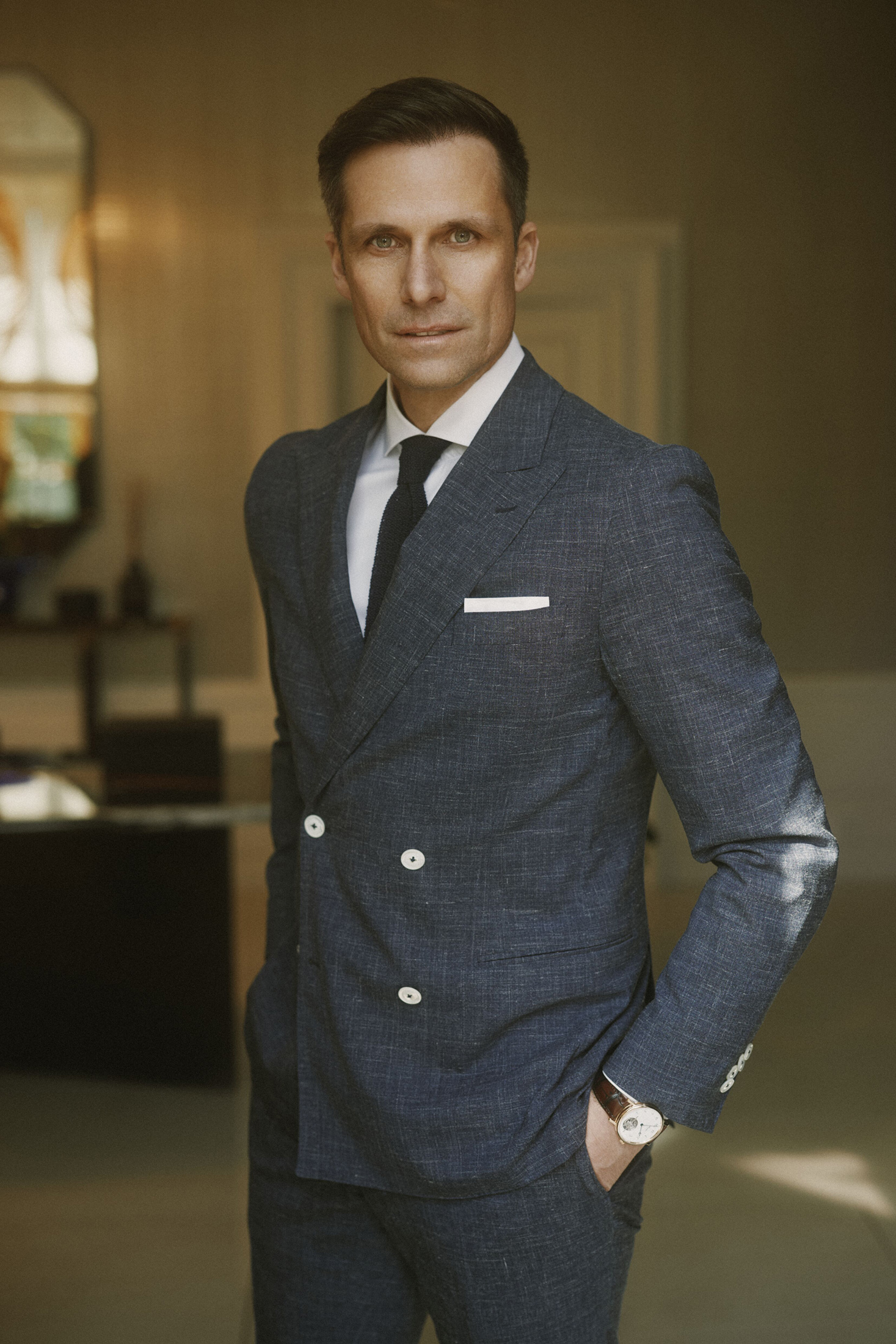
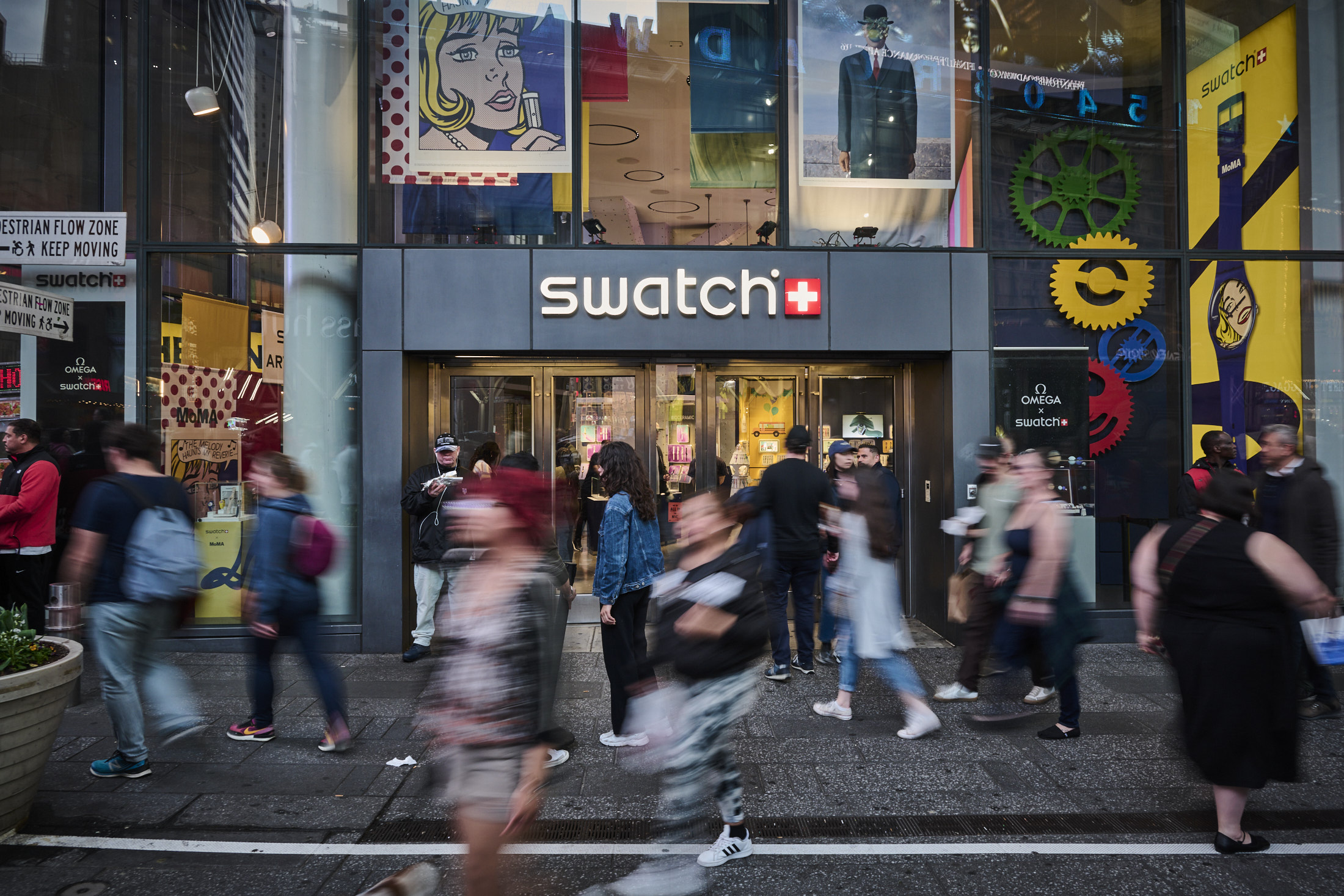
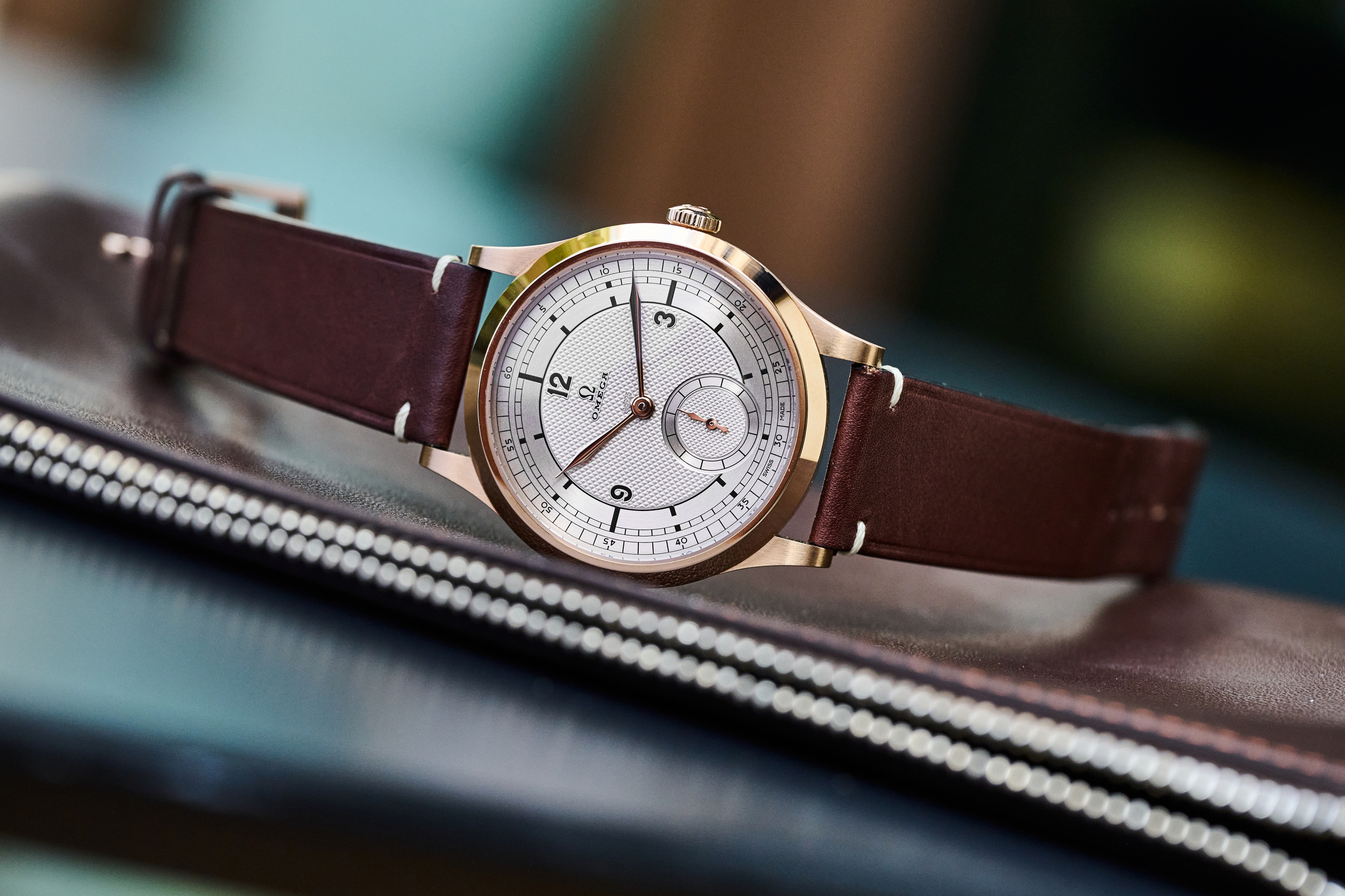

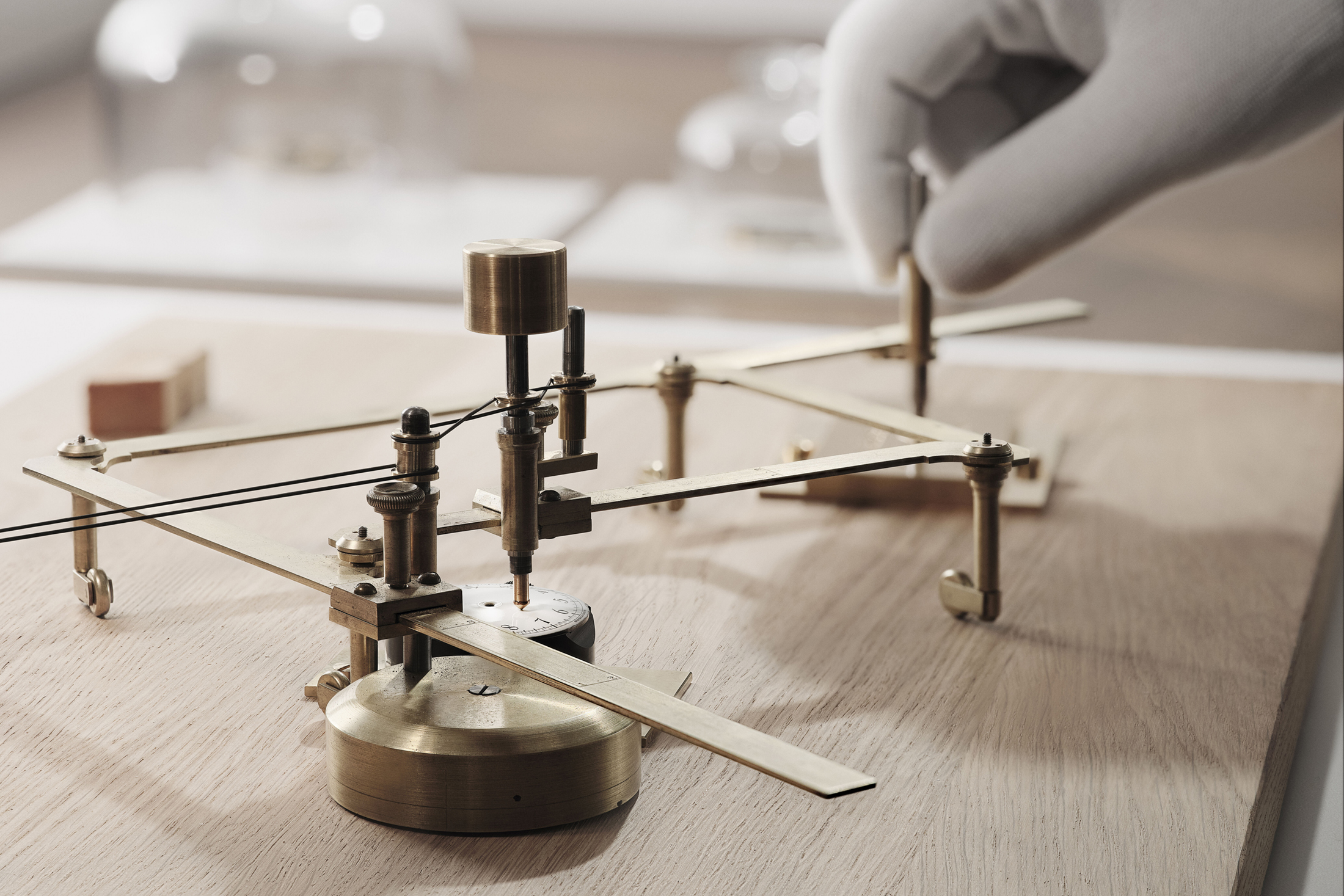


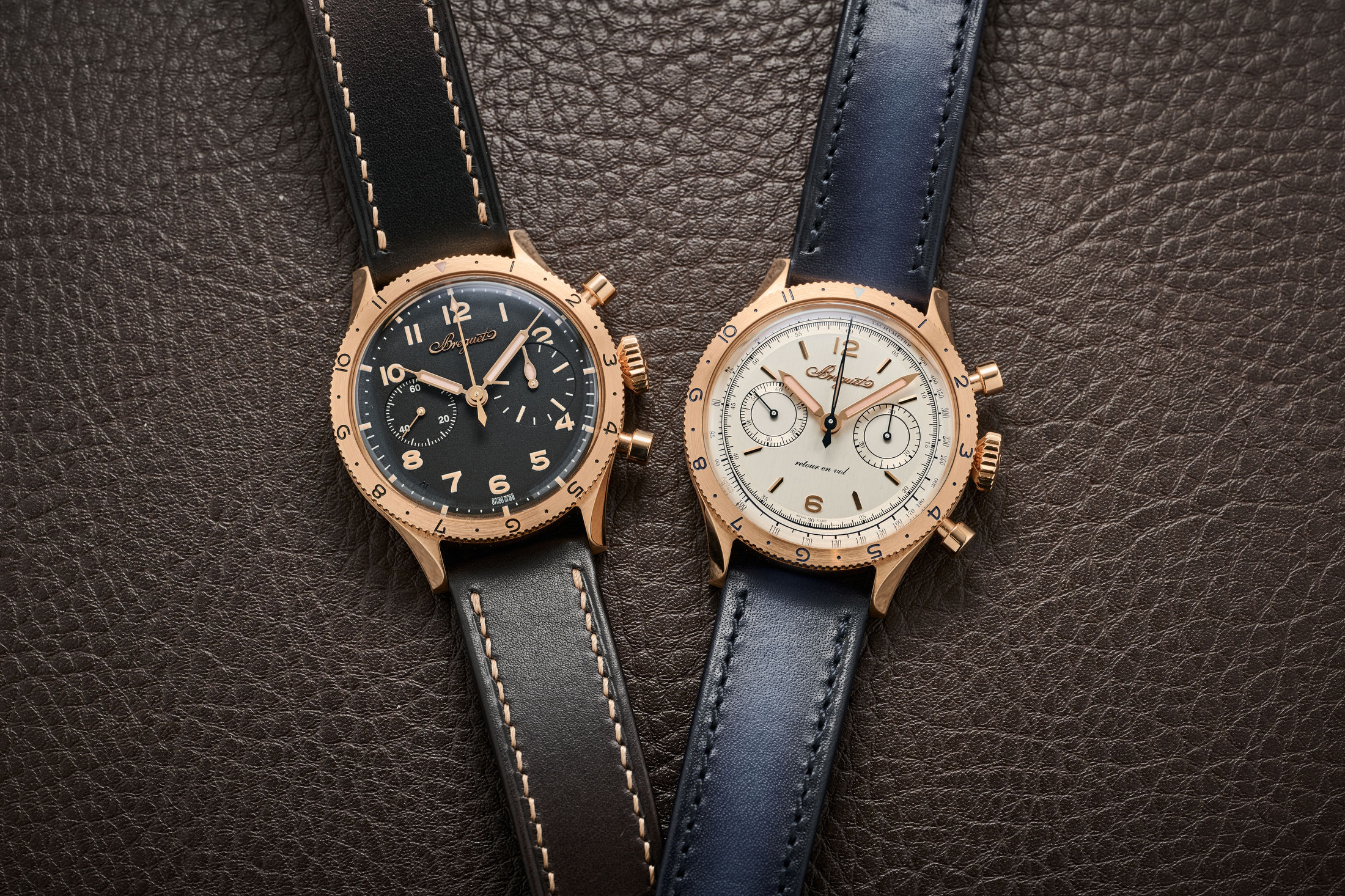
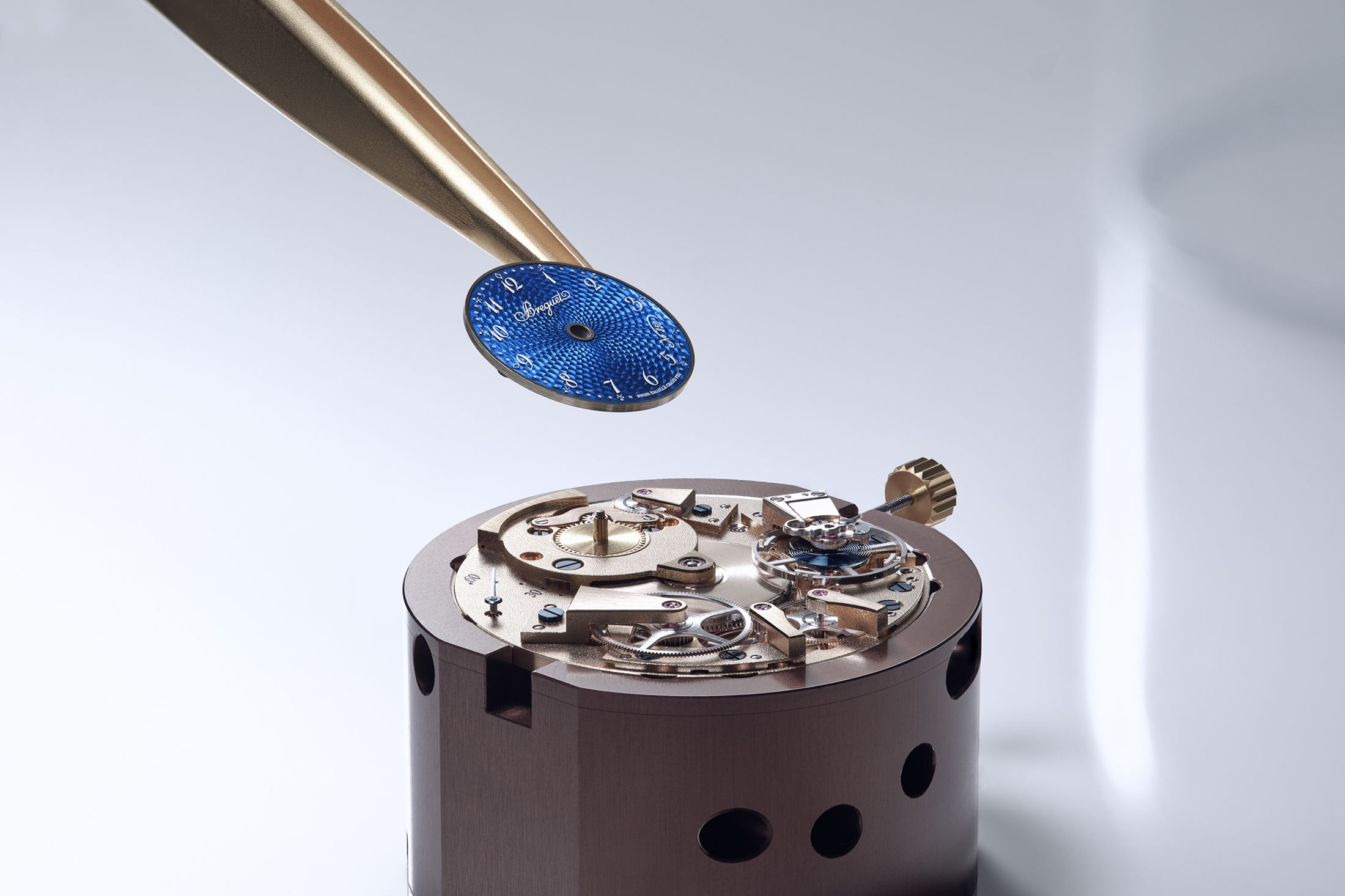


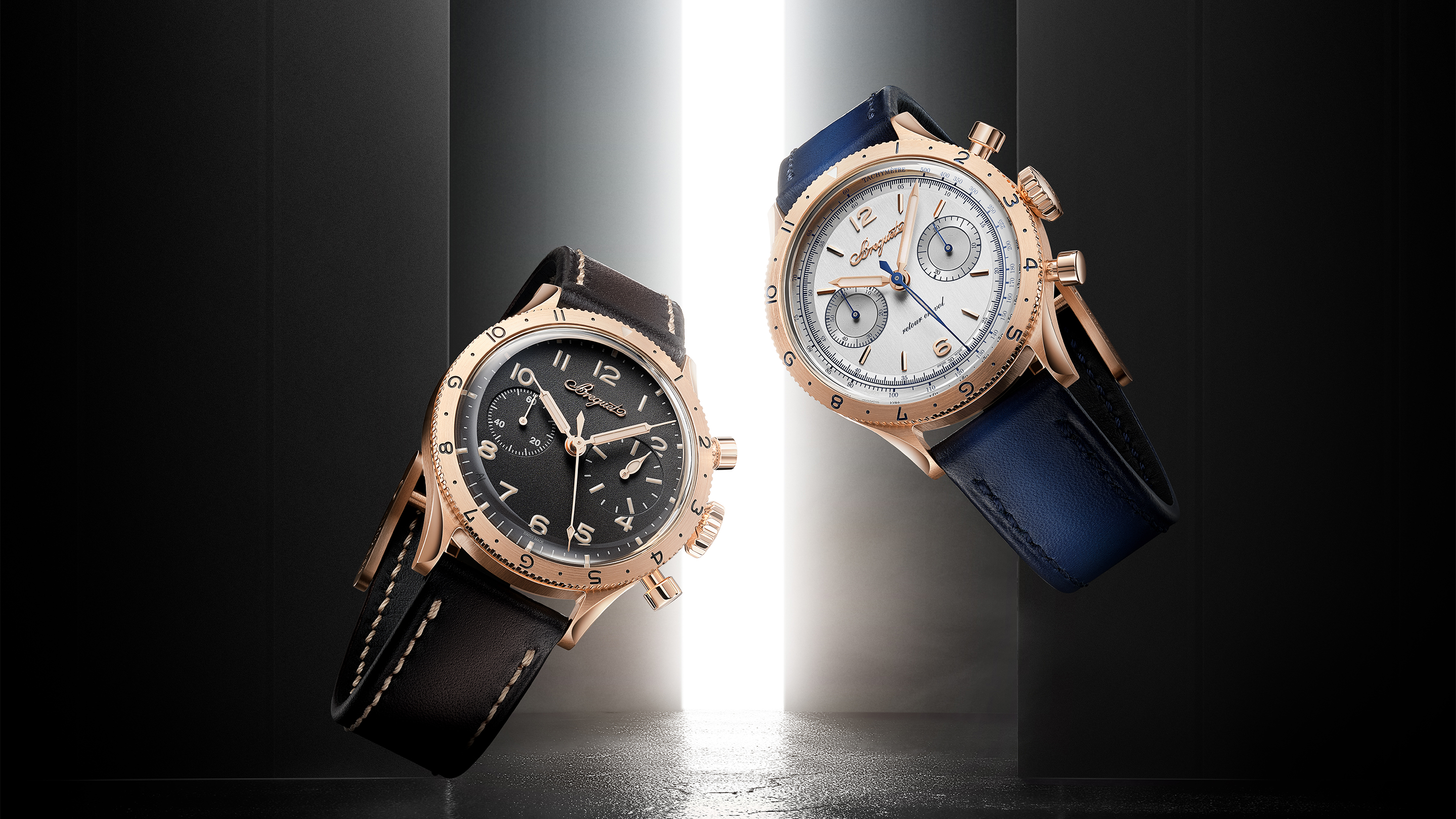





Top Discussions
Introducing NBA Superstar LeBron James Just Dropped A New Richard Mille RM65-01 Split-Seconds Chronograph
Introducing Girard-Perregaux Laureato 42mm "Infinite Grey" (Live Pics)
Hands-On The Ming 20.01 Series 5 Gets A Freaky New Dial